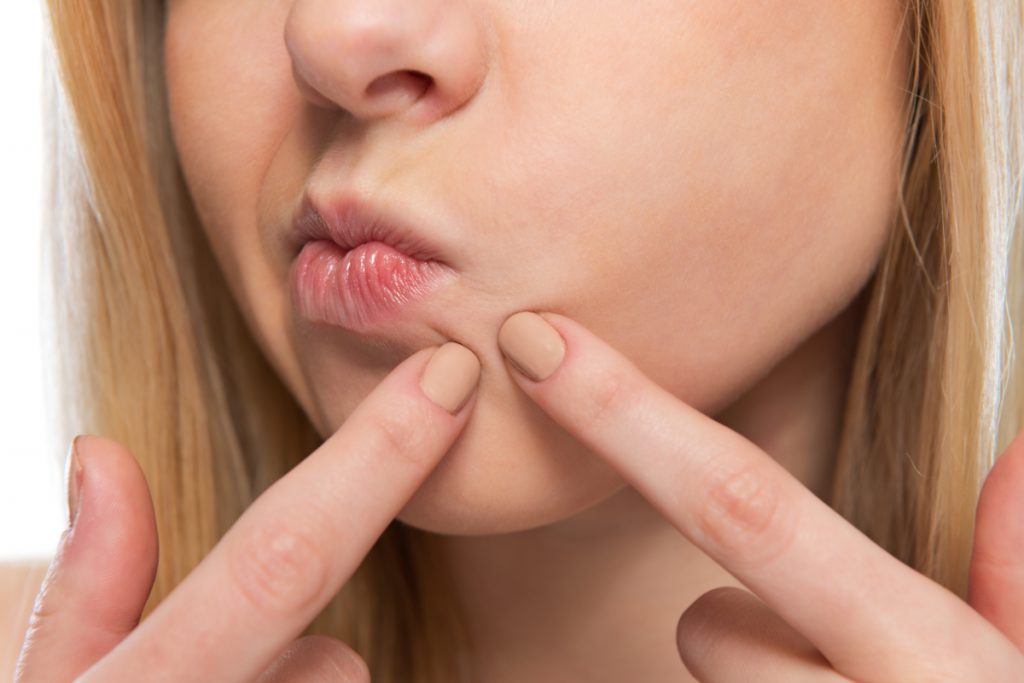
Nội dung bài viết / Table of Contents
This post is also available in: Tiếng Việt (Vietnamese)

A carbuncle is an infection of the skin that may be filled with pus. The infection usually occurs deep within your skin and involves the hair follicles. It’s also called a staph skin infection. Carbunculosis is the name given to more than one carbuncle. This condition can cause permanent skin scarring. It can easily infect other parts of your body and other people.
Please discuss with your doctor for further information.
The most obvious symptom of a carbuncle is a red, irritated lump under your skin. Touching it may be painful. It can range from the size of a lentil to the size of a medium-sized mushroom. The lump quickly becomes filled with pus. Nearby areas may also experience swelling. Other symptoms may include:
Pus usually appears within one day of carbuncle formation. There may be some symptoms not listed above. If you have any concerns about a symptom, please consult your doctor.
You usually can care for a single, small boil yourself. But see your doctor if you have more than one boil at a time or if a boil:
If you have any signs or symptoms listed above or have any questions, please consult with your doctor. Everyone’s body acts differently. It is always best to discuss with your doctor what is best for your situation.
A carbuncle usually develops when Staphylococcus aureus bacteria enter your hair follicles. This bacteria is also referred to as “staph.” Scrapes and other broken skin make it easy for bacteria to enter your body and cause an infection. This can result in a number of boils filled with fluid and pus that contain dead tissue.
The moist parts of your body are particularly susceptible to this infection because bacteria thrive in these areas. This is especially the case in the:
There are many risk factors for carbuncles, such as:
The information provided is not a substitute for any medical advice. ALWAYS consult with your doctor for more information.
The following medical treatments can be used for a carbuncle:
You should never try to drain a carbuncle yourself. There’s a risk that you’ll spread the infection. You could also end up infecting your bloodstream.
Read more:
What are some lifestyle changes or home remedies that can help me manage carbuncles?
The following lifestyles and home remedies might help you cope with carbuncles:
If you have any questions, please consult with your doctor to better understand the best solution for you.